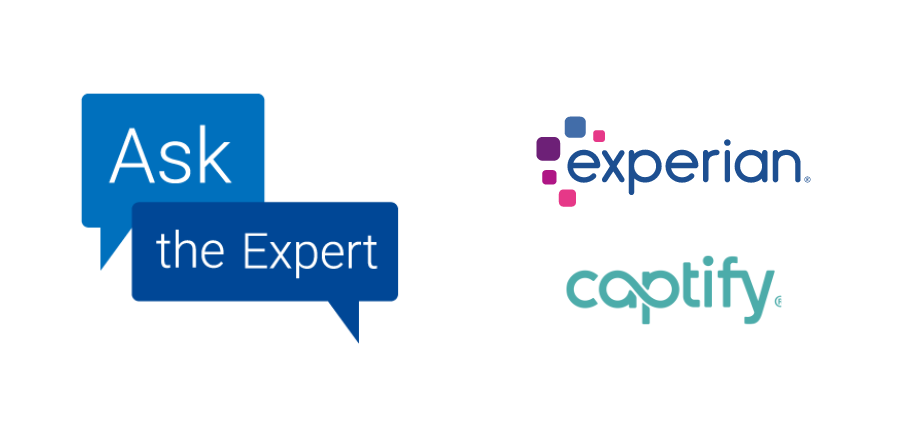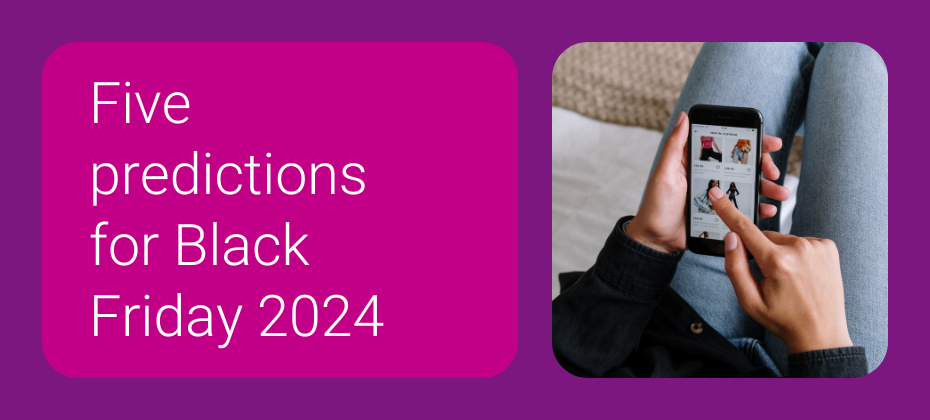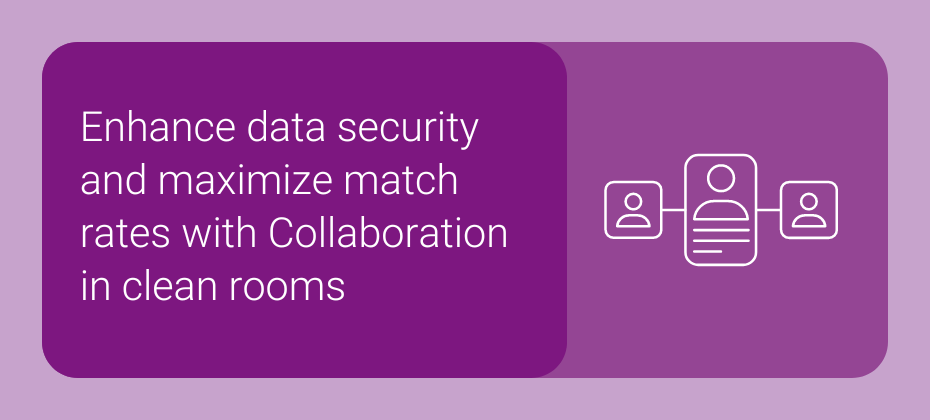
Political advertising has advanced significantly in recent decades. Historically, campaigns had limited options for where they could advertise, and those channels had limited inventory. Political campaigns primarily relied on radio, print, and linear TV to reach voters, using mass marketing strategies to appeal broadly to unspecified audiences. These mediums had limited targeting capabilities and provided few data insights. However, this has all changed thanks to the rise of technology and changing media consumption habits.
With the advent of the internet and the emergence of various digital channels, political campaigns now have more inventory and options for getting their message out there, including connected TV (CTV) —a subset of advanced TV that has become a predominant channel for digital ad spend.
While Millennials and Gen Z have been the most receptive and active CTV users, with 62% of Millennials and 54.9% of Gen Z using this technology in 2024, 85% of households are now CTV-enabled. This means voters are more reachable than ever through connected TV political ads on internet-connected video-streaming devices, including smart TVs, TV sticks, and gaming consoles.
CTV advertising is proliferating in the political world, as campaigns can individually target and reach specific voter bases and employ digital ad strategies on the big screen. In fact, CTV is the fastest-growing medium for political ads, with the upcoming 2024 election expected to see $1.5 billion in CTV marketing ad spend (nearly half of all political digital advertising dollars!).
CTV advertising promises to be an effective method for political campaigns trying to reach voters with personalized content in 2024. Let’s look at CTV political ads a little closer and overview the implications for your political campaign.
The growth of CTV in political advertising
CTV has become central to political ad strategies in helping campaigns gain exposure through targeted, personalized ad experiences to specific audience segments based on demographics, behaviors, and interests. With CTV advertising, political campaigns have become more adaptable to changing viewer preferences and can ensure their messages resonate with diverse audiences across digital platforms. This strategy represents a critical opportunity for political campaigns to tap into the growing viewership of streaming and adjust their marketing plans to meet voters where they spend their time.
Although traditional broadcast TV remains at the forefront of political advertising, recent increases in CTV political ad spending in 2024 reflect shifting media consumption preferences toward streaming services. Today, the average American adult spends almost 2 hours per day on CTV devices. It’s worth noting that CTV has the most significant audience share with Millennials, which makes CTV an especially worthy investment for targeting the younger generations whose voting habits aren’t as established yet.
2024 political ad spending
Compared to the previous U.S. presidential election year in 2020, campaigns and interest groups are expected to increase their political ad spending promoting causes and candidates by almost a third in 2024, totaling approximately $12.32 billion, according to Reuters. This is said to encompass all advertising for federal, state, and local politics, including lobbying and election activities.
While traditional media still dominates political ad spending, digital platforms are growing, with 45% of digital ad spending projected to be allocated to CTV for its refined targeting capabilities and increased inventory in this election cycle. For reference, only 19% of digital political ad spend went to CTV in 2020.
While the presidential election tends to garner the most attention among voters, it’s essential to note that political ad spending goes well beyond the big race; over 500 seats are up for election in 2024. Down-ballot races and issues in state and local elections will significantly impact where ad dollars are allocated.
Experian’s relevant ballot initiative audiences
If you’re looking to reach voters based on their attitudes and behaviors around crucial ballot measures, Experian offers over 240 politically relevant audiences that can help. Our consumer behavior and interest audiences can fine-tune your targeting for local and national ballot initiatives if, for example, you were targeting military families who favor initiatives supporting veterans or households with children interested in supporting school funding. This precise targeting ensures your political ads reach the most receptive audiences and maximizes the impact of your ad spend.
Third-party cookie deprecation and CTV
The phase-out of third-party cookies has created a challenge for political campaigns relying on digital advertising strategies. In the past, political advertisers have used cookies to track a user’s web activity to understand their browsing behaviors across sites and create detailed profiles for targeting purposes. However, due to recent changes in online privacy regulations, third-party cookies are going away.
Political advertisers have recognized the need for innovation and are exploring new avenues for effectively reaching target audiences without third-party cookies. CTV has arisen as a promising solution, as it doesn’t rely on these cookies to paint a picture of audiences and offers an alternative for precise, privacy-compliant targeting and ad spend optimization. CTV publishers tend to know quite a bit about audiences, including their viewing habits, location, preferred CTV devices, and more —and utilizing this information can give your campaign deeper, more accurate data without invading user privacy.
Benefits of CTV over traditional TV advertising for political campaigns
CTV political ads are a great way to familiarize a candidate’s core audiences with their message and engage them with the campaign. Here are some specific ways a political campaign can benefit from CTV in its advertising strategies.
Broadened access to data
Traditional broadcast and cable TV are a means of one-way communication. This means viewers consume broadcasted content without direct interaction or a feedback loop for tracking engagement and behavior data.
CTV solves the limitations of traditional TV by offering access to more data than linear TV using technology and internet connectivity to gather real-time insights. CTV data on audience interactions, preferences, demographics, behaviors, location, income, and more enable precise targeting and tailored messaging for more impactful campaigns. Furthermore, digital infrastructure enables CTV devices to track clicks, ad impressions, and conversions, which marketers can use to understand interests, viewing habits, and audience demographics more effectively. To sum it up, CTV broadens the scope of data available for political campaigns to refine their targeting.
Targeted, personalized ad experiences
With traditional TV advertising, marketers have historically had to rely on mass marketing strategies, broadcasting ads to a general audience and hoping to reach the right demographic segments. This imprecise approach limits a marketer’s control over who sees their ads and wastes time and money.
In contrast, CTV platforms can collect abundant data on viewer behavior, preferences, and demographics, helping advertisers precisely target audiences and reach groups most likely to benefit from the ads. With CTV, advertisers can segment audiences based on gender, age, interests, location, and past viewing behavior. This level of granularity enables them to customize their messages to resonate with specific people and increase the relevance and effectiveness of their political ad campaigns. By delivering ads to the right groups of people at the right time, CTV helps advertisers maximize campaign impact and drive better results.
It’s worth noting that streaming viewership is beginning to change. Although younger generations have engaged the most with CTV, there is research to show that older generations are starting to help fuel its continued growth. Gen X and Baby Boomers have begun to embrace streaming and seek out ad-supported services to ad-free alternatives. These gradual shifts in behavior highlight the importance of understanding streaming generations to reach target audiences effectively.
Real-time ad campaign optimization
While traditional TV relies on fixed ad placements, CTV offers programmatic buying, which refers to buying and selling ad placements on CTV through automated technology. Programmatic CTV advertising is highly data-driven, which gives advertisers flexibility in their messaging strategies, helps them refine their targeting, and deliver relevant ads to the right people at the right time. With real-time analytics, campaigns can monitor ad performance, adapt to changing circumstances, and make data-driven decisions to maximize advertising impact and budget efficiency leading up to the election.
Challenges and considerations for advertisers
Despite how widely beneficial CTV advertising can be for political campaigns, marketers also need to be aware of its limitations.
Navigating ad fraud
Ad fraud is a major problem for unsuspecting advertisers. CTV ad fraud involves fake CTV devices or bots mimicking viewership and cheating marketers into paying for unviewed or non-existent ad placements. According to DoubleVerify’s Global Insights, CTV bot fraud increased nearly 70% in 2022 compared to the previous year, with CTV fraud instances tripling since 2020. In 2023, digital ad fraud cost the marketing industry $84 billion. These ad fraud schemes are rising due to the high CPM of CTV ads, leading to a bigger payout for fraudsters who steal ad dollars.
One of the primary challenges is the need for better technological safeguards to detect and mitigate illegitimate traffic, such as bot activity. Political advertisers often rely on third-party ad fraud and verification technologies to avoid falling victim, but these solutions cannot guarantee complete protection. This usually leaves advertisers unaware of fraudulent activities until they’ve already incurred financial losses.
As political campaigns increasingly embrace CTV political ads, they become bigger targets for fraud and must make protection and measurement central to validating their campaign efficacy in conjunction with robust fraud detection measures. These efforts can help protect the integrity of political ad campaigns, mitigate fraud, and ensure messaging reaches genuine voters.
Ensuring ad effectiveness
Measurement and attribution of CTV political ads can be challenging. CTV offers better insights into audience preferences and behavior than linear TV, but despite the existing measurement tools, CTV is fragmented, involves many platforms, and lacks standardized metrics and attribution models tailored to political campaign goals. These problems make it hard to compare campaign performance, track CTV users across their viewing experience, and ensure ads appear in the right environments.
To fully understand your ad effectiveness, you should ensure accurate tracking mechanisms of audience behaviors with individual ads to assess the impact of CTV campaigns on voter engagement and turnout. This will help you better understand how to achieve campaign objectives, where to focus your efforts, and how to appeal to viewers in future campaigns.
It may also be helpful to understand some of the metrics advertisers currently employ for CTV measurement, including completion rate and return on ad spend (ROAS). Because CTV ads often can’t be skipped, this advertising strategy has a high completion rate, sometimes nearing 90%. ROAS is more focused on what you get in return for your ads, allowing you to track profits per dollar spent on ads. Political marketers can also use metrics like campaign impressions, total reach, view-through rate, and cost per completed view to understand how their ads are performing.
Ethical considerations related to transparency and misinformation
Political advertisers are responsible for upholding transparency and accuracy in their messaging to build trust with voters. Given how polarized the current political climate is, misinformation could make or break a political campaign. Whether intentional or unintentional, spreading misinformation through CTV can undermine the democratic process and erode public confidence in political institutions. Political marketers must do their best to prioritize ethical conduct, adhere to regulatory guidelines, and ensure their ads convey truthful information to voters.
Looking ahead: CTV in the 2024 elections
The current election cycle promises record-breaking political ad spending in 2024 and will underscore CTV’s role in shaping the future of political communication and engagement. With shifting viewer preferences and the ongoing evolution of digital media consumption habits, political campaigns need to look at CTV as a critical platform for voter engagement so they can allocate resources and shift their strategy to harness its full potential.
Using the targeted capabilities and expansive reach CTV advertising offers, political entities can optimize ad creative for the streaming environment, implement data-driven targeting strategies, and effectively connect with voters across diverse demographics and geographic regions.
Reach your ideal voters with Experian’s political audiences
Effective audience targeting is essential for political campaigns wanting to sway voters and shape public opinion in the next election. Don’t miss the opportunity to reach your ideal voters and make a lasting impact in the 2024 elections! With Experian’s political audiences, you can target voters based on their political affiliations, personas, and attitudes toward relevant ballot initiatives in your advanced TV advertising.
Experian offers a comprehensive range of political and geo-indexed audiences designed to help political campaigns and organizations connect with desired segments in a meaningful and impactful way. Our geo-indexed audiences can help you discover, segment, and craft messaging without the use of sensitive personal information, so you can confidently reach your target audience without sacrificing data privacy.
Our syndicated audiences also span multiple verticals and categories. With over 240 politically relevant audience segments available for activation, you can confidently execute your political campaign marketing strategy with precision and impact. When you connect with our audience team, we can also help you build and activate an Experian audience on the platform of your choice.
Partner with us to reach your ideal voters and make a lasting impact in the 2024 elections.
Latest posts

Have you wondered how the shift toward real-time data is reshaping the way companies connect with consumers? Traditional methods of third-party data collection and…

It’s hard to believe, but it’s almost time again for marketers to begin their holiday campaign preparations. Leading up to these preparations, it’s important…

At Experian, we power data-driven advertising through connectivity. Today, we’re excited to introduce our newest offering, which helps drive that connectivity: Experian’s Collaboration in…